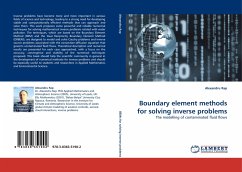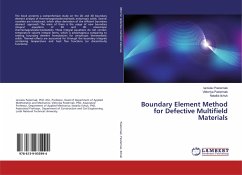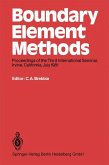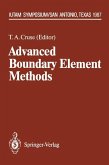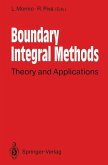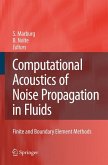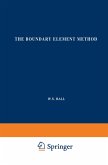Inverse problems have become more and more important in various fields of science and technology, leading to a strong need for developing stable and computationally efficient methods that can approach and solve them. This work proposes some powerful and reliable numerical techniques for solving mathematical inverse problems related with water pollution. The techniques, which are based on the Boundary Element Method (BEM) and the Dual Reciprocity Boundary Element Method (DRBEM), are designed to model and solve Cauchy problems and inverse source problems associated with the convection-diffusion equation that governs contaminated fluid flows. Theoretical description and numerical results are presented for each case approached, with a focus on the accuracy, convergence and stability of the numerical techniques proposed. This book should help the scientific community in general in the development of numerical methods for inverse problems and should be especially useful to students andresearchers in Applied Mathematics and Environmental Science.

